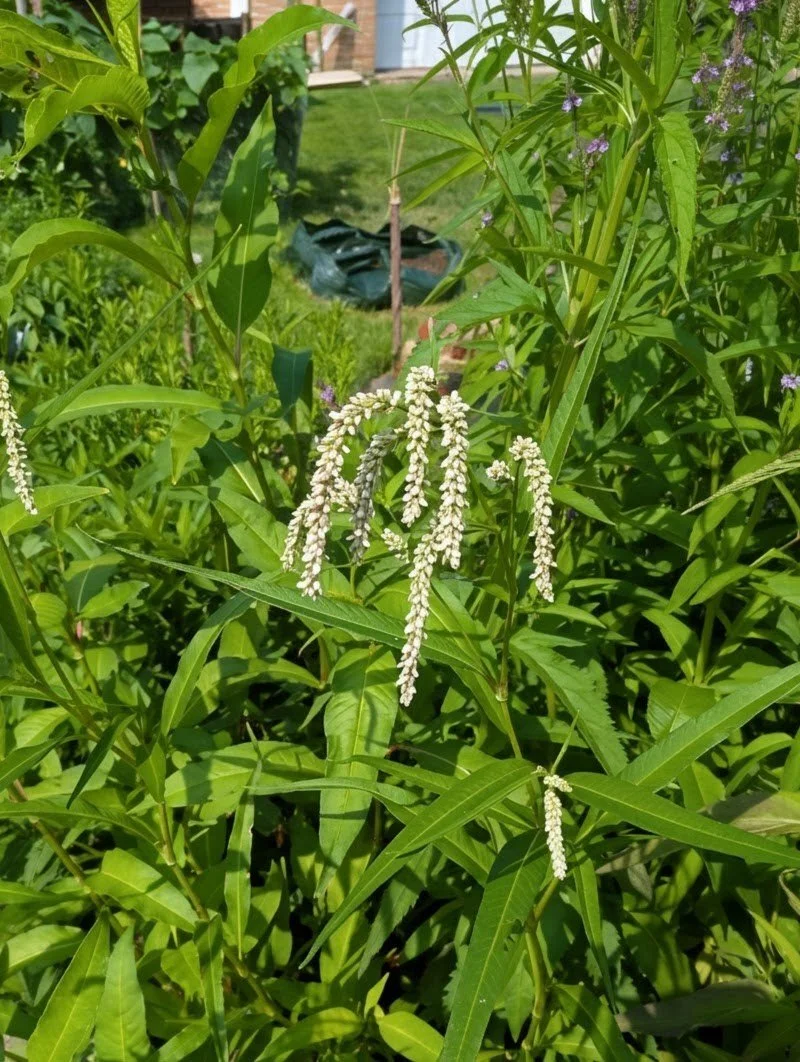Bloom: mid-summer to early fall
Habitats: ditches along railroads and roadsides; edges of lakes and ponds; marshes; moist waste areas; mudflats and gravel bars of rivers; prairie swales
Lifespan: annual
Moisture: wet to moist
Plant type (height): forb (2.5 to 4 feet)
Requirements: full sun to partial sun
Soil: fertile soil with abundant organic matter

